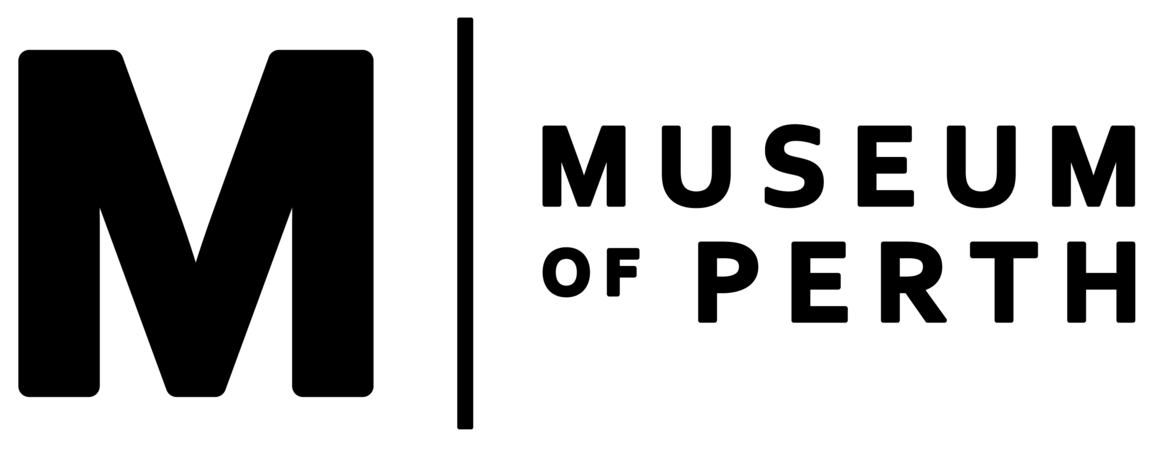Railways, Weirs & the Goldrush (1881-1914)
The Perth Mind opened in 1899 in response to the discovery of rich gold deposits in Coolgardie and Kalgoorlie. It was Australia’s third branch of Britain’s Royal Mint. This picture is of the royal visitors leaving after their visit in 1901. State Library of Western Australia 009562D
The gold-rush was a boon to Perth in many ways, whose government had only achieved self-rule in 1890, but now finally had the money to commence major infrastructure projects, such as the building of the Perth-Fremantle train line, the major weirs in the hills and Fremantle Port. It also had a major impact on Perth’s architecture. It’s said that before the gold-rush there were a dozen practicing architects in the city but afterwards architects numbered in the hundreds. George Temple Poole built the widely acclaimed additions to the Treasury complex, and more broadly architectural historian J.M Freeland was later to say that the raw and unstylish pre-gold-rush settlement of Perth had been ‘dipped bodily into a bucket of pure Victoriana and taken out, dripping with plaster and spiked with towers and cupolas in a bewildering variety of shapes, to dry.’
The Perth City Baths was a public bathing facility located on the north shore of the Swan River. It was created from the idea that people living in a climate like Perth would be healthier if they have somewhere to bathe regularly. This photograph is of the jetty entrance in 1899. State Library of Western Australia, BA533/215
Despite the introduction of convicts and the regular arrival of ‘bride ships’, the population of Perth grew slowly until the discovery of gold, first in the north near Marble Bar and then latterly out in the desert near Kalgoorlie. This brought about the greatest internal migration yet seen in Australia; the arrival of 500,000 people to a city that until then hosted a population of 48,000.
The first tram in Perth, corner of Hay and William Streets, 1899. State Library of Western Australia, 001673D.
Sir John Forrest was an Australian explorer, a successful surveyor and became the first Premier of WA in 1890 when it was a self-governing colony. He is recognised for his ambitious large-scale public works as the construction of Fremantle Harbour and the Mundaring Weir, built under the guidance of engineer C.Y O’Conner. He also helped ensure WA joined the Federation of Australian state in 1901. State Library of Western Australia, 104519PD.
The most extant example of the building undertaken in this period can be found in the largely intact west end of Fremantle, whose merchants benefited greatly in supplying the miners, many of whom, like celebrated writer Henry Lawson, camped out in the tent cities that sprung up around the city, and particularly at Claisebrook on the river’s edge. The arrival of large numbers of Victorians and South Australians also consolidated Perth’s major sporting codes, and its WAFL football teams and tribal rivalries mostly date from this period. Perth’s earliest suburbs were largely populated by these Victorians, or ‘tothersiders’, in particular Subiaco, North Perth and Victoria Park, at a time when the city’s population grew some 700% in fifteen years, and suburbs like Mount Lawley were established as ‘garden suburbs’ and connected to the city by tramway.
The Perth Railway Station opened on 1 March 1881. This picture of the tracks was taken in 1920. State Library of Western Australia, 086292PD.

